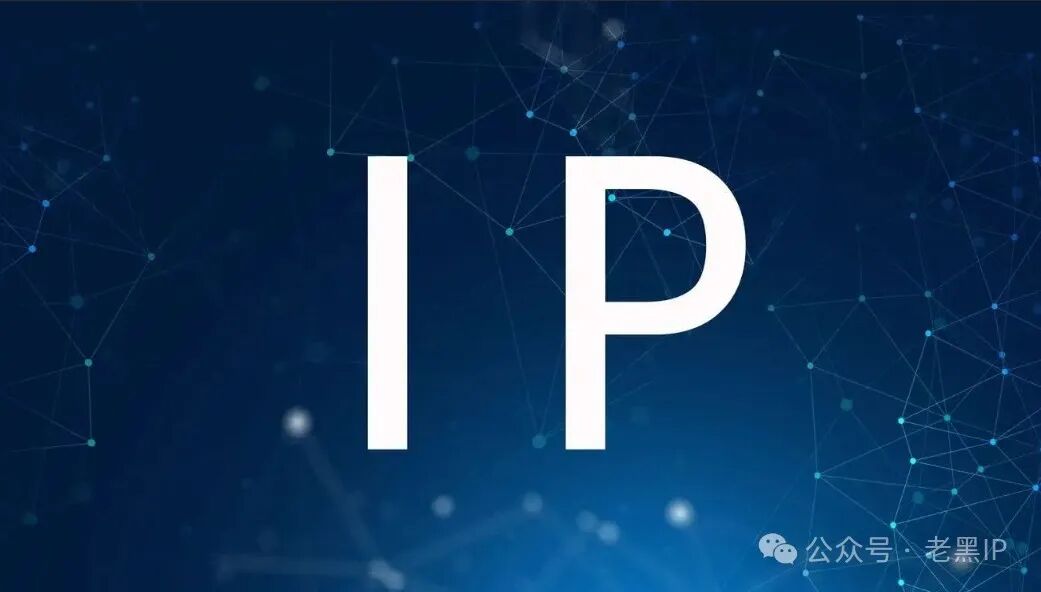When you are “surfing” the internet, have you ever wondered how proxy servers work? What are the differences between SOCKS5 and HTTP proxies, these “twin brothers”? I will use the analogy of a courier to help you easily understand the core differences between these two types of proxies.
1. Protocol Basics: The Essential Differences of Courier Services
1.1 SOCKS5 Proxy: The All-Purpose Courier
SOCKS5 is the fifth version of the Socket Secure protocol (session layer/transport layer of the OSI model), just like a courier who can deliver various packages. It does not care whether the package contains clothes or electronics; it simply delivers the data packets intact from the client to the target server. This characteristic allows it to support multiple protocols such as HTTP, FTP, SMTP, and even handle non-Web traffic like BT downloads and online gaming.
Beginner’s Understanding: SOCKS5 is like a versatile courier; no matter what type of package (data) you want to send, it can help you deliver it to the destination.
1.2 HTTP Proxy: The Specialized Sorter
The HTTP proxy operates at the application layer (OSI layer 7), just like a specialized sorter at the post office. It only handles packages labeled with HTTP/HTTPS (Web traffic) and will open the packages to inspect their contents. This type of proxy is commonly used for:
Caching static resources (images/CSS/JS)
Content filtering (corporate firewalls)
Traffic monitoring (data analysis)
Professional Perspective: The HTTP proxy establishes a tunnel using the CONNECT method, supporting HTTPS encrypted transmission, but it is essentially a solution focused on the Web application layer.
 2. Core Differences Comparison Table: Different Dimensions of Courier Services
2. Core Differences Comparison Table: Different Dimensions of Courier Services
| Comparison Dimension | SOCKS Protocol | HTTP Protocol |
| Protocol Layer | Transport Layer (Layer 4-5) | Application Layer (Layer 7) |
| Supported Protocols | Full protocol support | Only HTTP/HTTPS protocols |
| Data Transmission | Raw data penetration | Parsing and reconstructing data packets |
| Performance | Lower latency | Requires content parsing |
| Security | Supports authentication/encryption | Relies on HTTPS encryption |
| Typical Scenarios | Gaming/video/P2P | Web scraping/content filtering |
3. Working Principles Explained: Unveiling the Courier Process
3.1 SOCKS5 Working Mechanism (Three-Way Handshake)
1. Authentication Negotiation: The client sends the supported authentication methods (0x02 represents username and password)
2. Establishing Connection: Sends the CONNECT command to specify the target address
3. Data Transmission: Establishes a bidirectional channel, data is directly transmitted
3.2 HTTP Proxy Workflow
Connection Establishment: Establishes a tunnel using the CONNECT method
HTTPS Handling: The proxy acts only as a TCP channel
Caching Mechanism: Performs MD5 checks on static resources for storage
4. Security and Performance: Key Points to Focus On
4.1 Security Comparison
SOCKS5:
Supports GSSAPI/username and password authentication
Can be paired with SSH for encrypted tunnels
Does not parse data, better privacy
HTTP Proxy:
Relies on HTTPS end-to-end encryption
Risk of man-in-the-middle attacks (if the certificate is untrusted)
Caching may leak sensitive information
4.2 Performance
Latency Testing:
SOCKS5 average latency reduced by 15-20ms
HTTP proxy adds 5-10ms latency due to header parsing
Throughput:
SOCKS5 can reach 1.2Gbps in UDP transmission
HTTP proxy is limited by the HTTP protocol stack, usually around 800Mbps

5. Application Scenario Selection Guide: How to Place Your Order Correctly
5.1 Three Major Scenarios for Choosing SOCKS5 Proxy
Game acceleration: Requires UDP protocol support (e.g., PUBG)
Cross-border video: Maintains long connections for watching 4K streaming
P2P downloads: Handles a large number of concurrent connection requests
5.2 Main Advantages of HTTP Proxy
Enterprise internet behavior management: Can identify and filter specific URLs
Frontend development debugging: Using tools like Charles for packet capture
Content caching acceleration: Reduces server bandwidth pressure
6. Technological Evolution: Trends in the New Era of Proxies
With the popularity of HTTP/3, new types of proxies based on the QUIC protocol are emerging. However, SOCKS5 remains irreplaceable in scenarios such as IoT device connections and smart homes due to its protocol independence. For developers:
Choose SOCKS5 when high performance is needed
Use HTTP proxy when content control is required
For security-sensitive scenarios, it is recommended to use TLS encryption

Conclusion:Choosing a proxy is like choosing a courier service—if you need to send valuable items (sensitive data), choose SOCKS5; for ordinary packages (Web traffic), use HTTP proxy. Understanding the differences between the two can make your network “logistics” more efficient and secure! I am Lao Hei, with nearly 5 years of experience in the cross-border industry, focusing on enterprise cross-border proxy IP services, sharing practical knowledge about cross-border issues and proxy IPs. I can’t help but chat about interesting trending topics.
You can follow Lao Hei IP for free testing! #ProxyIP #SOCKSProxy #HTTP #Cross-borderE-commerce